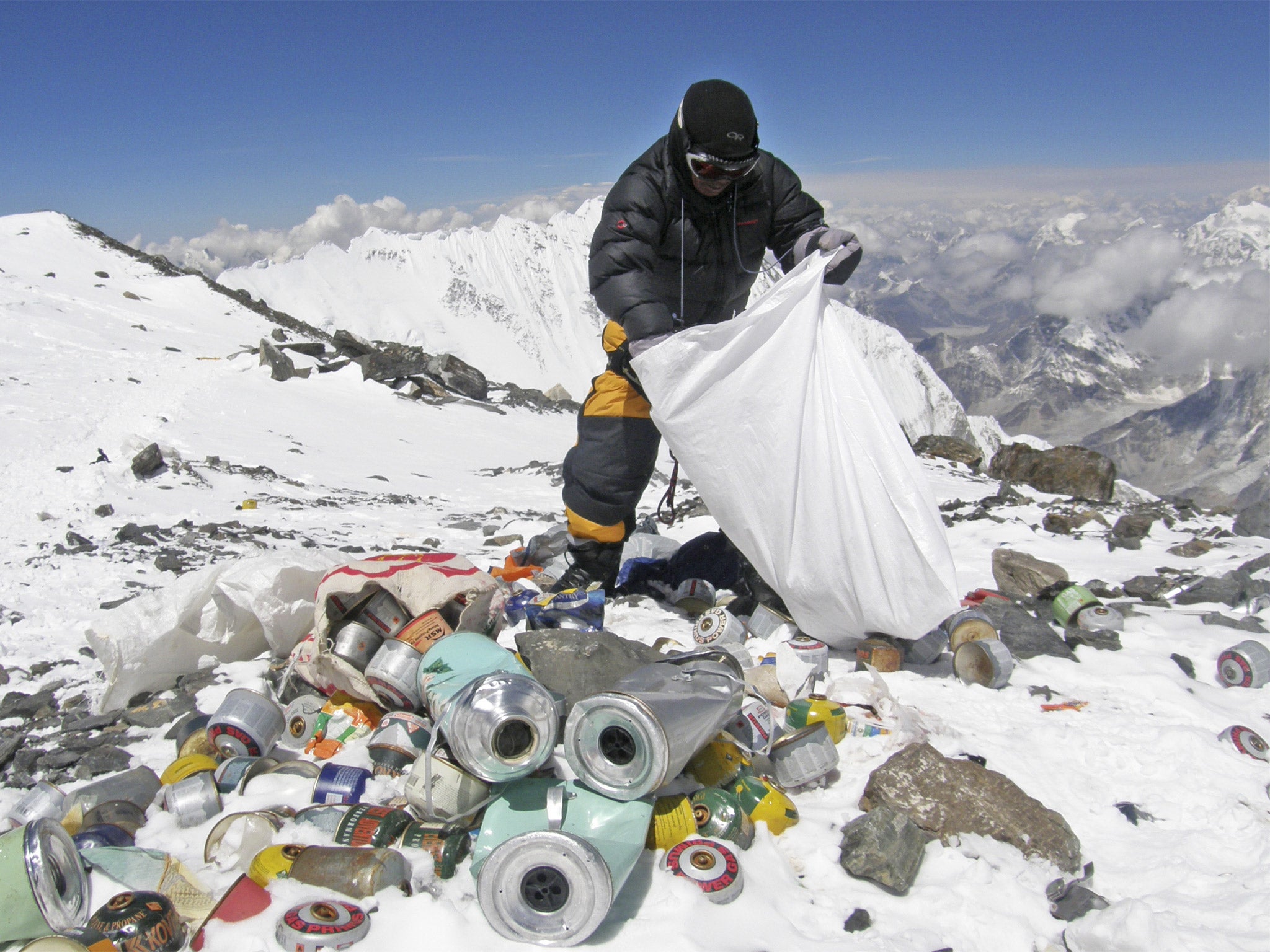Human waste left by climbers on Mount Everest is causing pollution and could spread diseases
Waste has been building up for four years

Nepal officials are warning human waste being left by climbers on Mount Everest is causing pollution and could spread disease on the world’s highest peak.
The 700 climbers and guides who spend nearly two months on Everest's slopes each climbing season leave large amounts of feces and urine, according to Ang Tshering, the chief of Nepal's mountaineering association.
At the base camp, where there are more porters, cooks and support staff during the climbing season, there are toilet tents with drums to store the waste. Once filled, the drums are carried to a lower area, where the waste is properly disposed.
Climbers then spend weeks acclimatising around the four camps set up between the base camp at 5,300 meters (17,380 feet) and the 8,850-meter-high (29,035-foot-high) summit. The camps have tents and some essential equipment and supplies, but do not have toilets.
Mr Tshering says this means the human waste being deposited in holes dug in the snow has been piling up for the last four years.
Dawa Steven Sherpa, who leads Everest cleanup expeditions, said the result is “a health hazard and the issue needs to be addressed”.
Puspa Raj Katuwal, the head of the government's Mountaineering Department, said the Nepalese Government has yet to develop a strategy for tackling the amount of human waste left by climbers.
However, the government has imposed new rules last year requiring each climber to bring down to the base camp 8 kilograms (18 pounds) of trash — the amount it estimates a climber discards along the route.
Climbing teams must leave a $4,000 (£2, 600) deposit that they lose if they don't comply with the regulations.
Additional reporting by Associated Press
Join our commenting forum
Join thought-provoking conversations, follow other Independent readers and see their replies
Comments
Bookmark popover
Removed from bookmarks